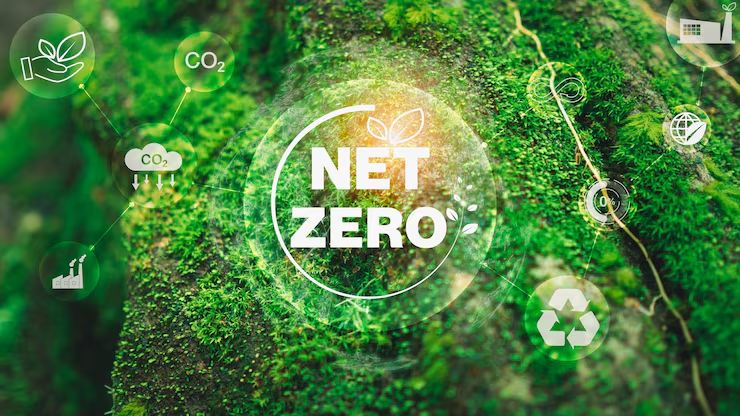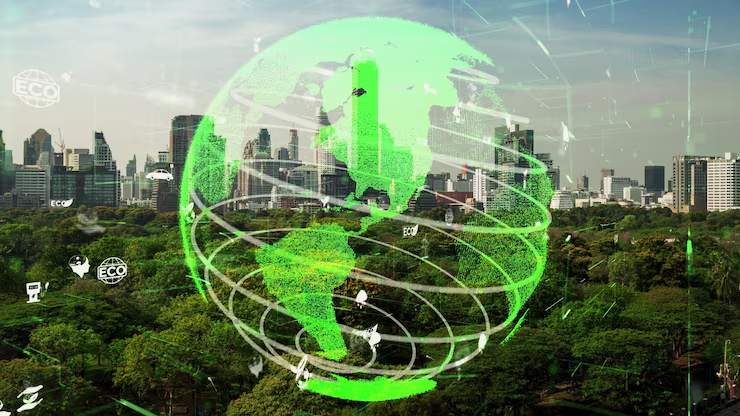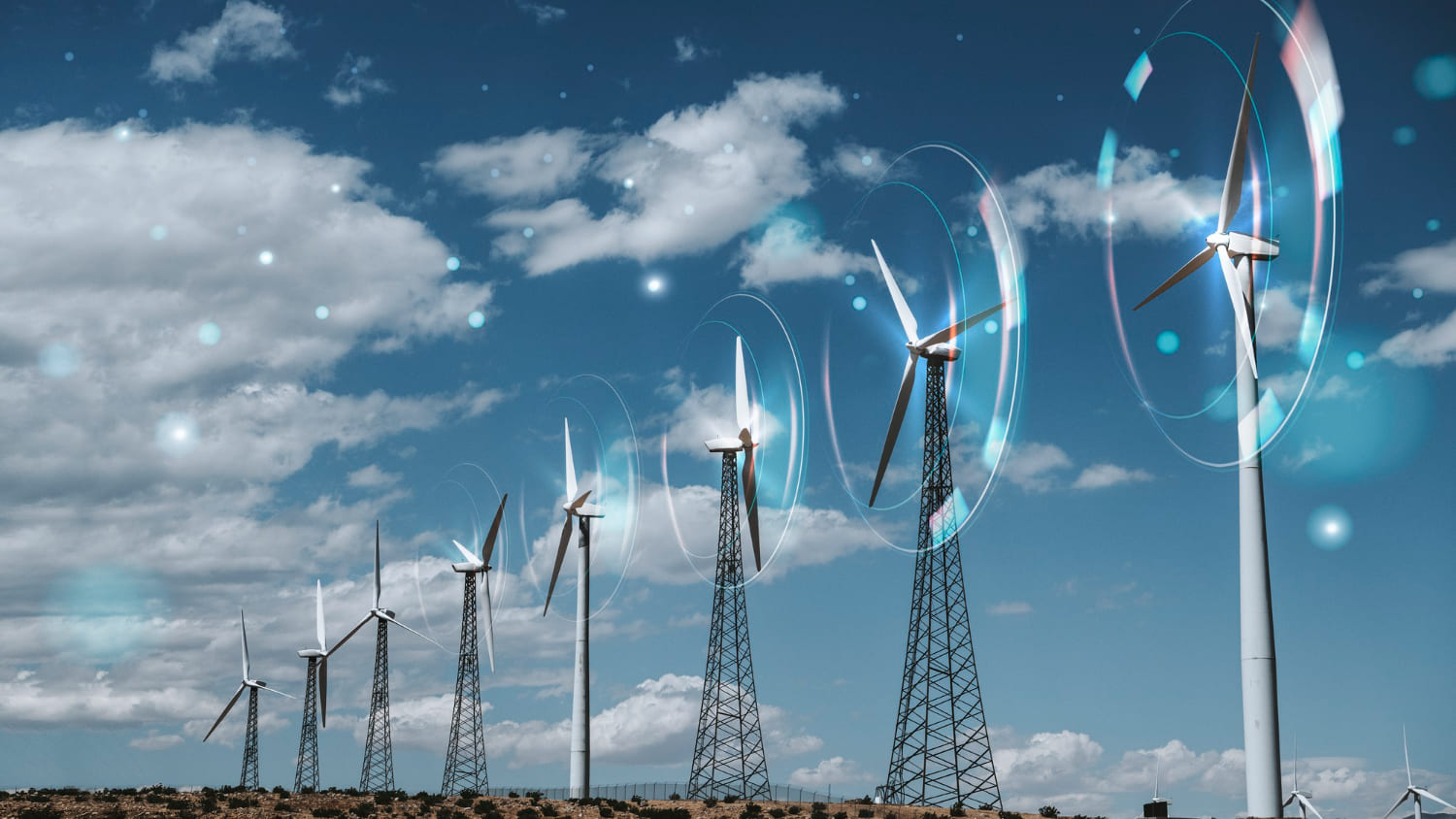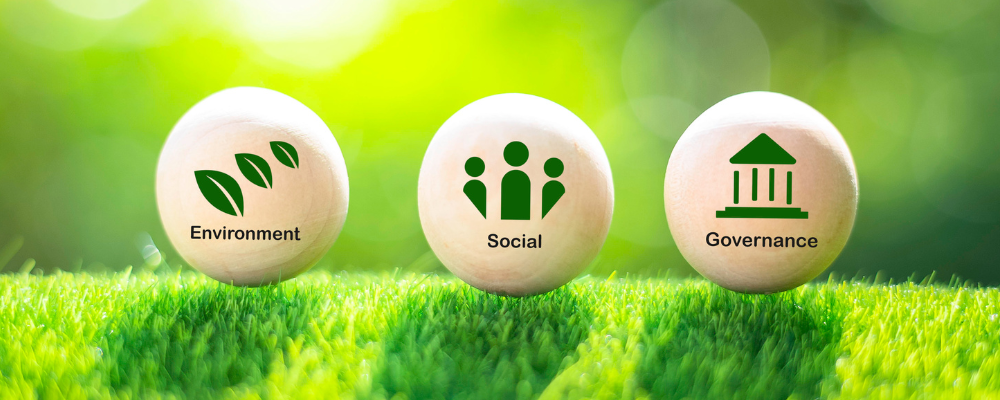India's E20 Revolution
Fueling the Journey to Net Zero Amid Public Debate

India’s ambitious journey to net zero by 2070 is gaining momentum, and the 20% ethanol blend in petrol (E20), rolled out nationwide by April 2025, is a cornerstone of this green transformation. This policy, a key pillar of the National Policy on Biofuels, blends 20% ethanol, derived from sugarcane, maize, and agricultural residues, with petrol, aiming to slash emissions, reduce oil imports, and boost rural economies. As a hot topic sparking debates across India, E20 is both celebrated and scrutinized on social media.
E20: A Strategic Leap Toward Net Zero
India’s commitment to net zero by 2070, announced at COP26, hinges on cutting fossil fuel reliance, which accounts for nearly 40% of the nation’s CO2 emissions, per the Ministry of Petroleum and Natural Gas. E20 replaces 20% of petrol with ethanol, a renewable biofuel, reducing tailpipe emissions by approximately 20% and particulate matter by up to 50%, according to tests by the Automotive Research Association of India (ARAI) and Indian Institute of Petroleum (IIP). A NITI Aayog study estimates that E20 could avoid 698 lakh tonnes of CO2 emissions by 2025, equivalent to removing millions of vehicles from roads.
The policy, outlined in the 2021 Roadmap for Ethanol Blending in India 2020-25, leverages India’s vast agricultural resources. With 500 million tons of sugarcane produced annually, ethanol production has surged from 38 crore liters in 2014 to 661 crore liters by June 2025, per the Indian Sugar & Bio-Energy Manufacturers Association (ISMA). This not only utilizes surplus crops but also reduces agricultural waste burning, a major air pollution source. By cutting oil imports by 193 lakh tonnes since 2014, E20 has saved ₹1.36 lakh crore in foreign exchange, freeing funds for renewable energy investments like solar and green hydrogen.
E20 aligns with India’s broader net-zero strategy, complementing the 500 GW renewable energy target by 2030 and the push for 30% electric vehicle adoption. It acts as a bridge fuel, reducing emissions while EV infrastructure scales up.
Economic and Environmental Wins
E20’s environmental benefits are significant. A NITI Aayog study found sugarcane-based ethanol emits 65% less CO2 than petrol, while maize-based ethanol cuts emissions by 50%. This translates to cleaner urban air, reducing health costs from pollution-related illnesses, estimated at ₹1 lakh crore annually by a 2024 Lancet study. Ethanol’s higher octane rating (108.5 vs. petrol’s 84.4) also improves engine performance in modern high-compression engines, enhancing ride quality and reducing knocking.
Economically, E20 is a boon for rural India. Since 2014, ₹1.18 lakh crore has been paid to farmers for ethanol feedstocks, with distilleries earning ₹1.96 lakh crore, per PTI reports. This creates jobs, 2 million by 2025, per government estimates, in bio-refineries and agro-processing, supporting states like Maharashtra, Uttar Pradesh, and Karnataka. By reducing reliance on imported crude oil (85% of India’s supply), E20 strengthens energy security amid global price volatility.
The Reality Check: Public Sentiment Turns Critical

However, India's E20 journey hasn't been smooth. Nearly 66% of 36,000 vehicle owners surveyed across India in early August opposed the national roll-out of E20 petrol, according to Indian polling firm Local Circles, with 44% demanding a withdrawal and 22% calling for more choices.
The concerns are real and widespread. Vehicle owners, especially those with older models, report noticeable drops in mileage, concerns about engine wear, and confusion over whether warranties or insurance will cover ethanol-related damage. In Bengaluru, motorists report lower mileage, jerks, and vintage bike risks after switching to E20 petrol, despite government assurances of safety.
The mileage debate has become particularly contentious. While the government has conceded that mileage may dip by 1% to 2% in newer cars and up to 6% in older ones, many consumers report experiencing higher fuel consumption rates, leading to increased running costs despite the environmental benefits.
Government's Defense: Addressing the Backlash
The Ministry of Petroleum and Natural Gas has responded robustly to these concerns. The government said concerns over E20 fuel were unfounded and said its own reports found no major engine damage or performance loss.
Officials argue that vehicle mileage is influenced by a variety of factors beyond just fuel type, including driving habits, maintenance practices such as oil changes and air filter cleanliness, and tyre pressure. They maintain that claims of a "drastic" mileage drop on E20 are misplaced.
The government has also highlighted technical improvements. Regular petrol is now RON 91 for BS-VI emissions needs, and with 20% ethanol blending it effectively improves to RON 95, aiding anti-knock performance and overall drivability.
The Compatibility Challenge: Old vs New

A critical issue emerges around vehicle compatibility. All new vehicles currently sold in India are E20 compliant, but those manufactured before 2024 are not entirely compatible with the newly introduced E20 petrol. This creates a significant challenge for India's large population of older vehicles.
Most vehicles manufactured after April 2023 are designed to be E20-compatible. Older vehicles may run on it but could face long-term wear. This compatibility gap affects millions of Indian vehicle owners who purchased cars before the E20-ready specifications were mandated.
The Trust Deficit: Data Transparency Issues
One of the most significant challenges facing the E20 program is public trust. The government has not released detailed test data that consumers are demanding. This lack of comprehensive, publicly available testing data has fueled skepticism and allowed misinformation to spread.
The absence of detailed studies comparing real-world performance across different vehicle types, ages, and usage patterns has created an information vacuum filled by anecdotal reports and social media debates. This transparency gap undermines public confidence in what is otherwise a scientifically sound environmental initiative.
The Way Forward: Balancing Progress with Concerns
India's E20 program represents a classic case of well-intentioned policy meeting real-world complexity. The environmental and economic benefits are substantial and align perfectly with India's climate commitments and energy security goals. However, the implementation has revealed gaps in consumer preparation, vehicle compatibility, and public communication.
The path forward requires several key actions:
Enhanced Transparency: The government must release comprehensive testing data covering various vehicle types and real-world conditions. Public trust in environmental policies requires evidence-based communication.
1. Gradual Transition Support: For older vehicles, the government could consider targeted support programs or extended transition periods to minimize economic hardship for vehicle owners.
2. Consumer Choice: Providing options at fuel pumps, allowing consumers to choose between different ethanol blend levels could address immediate concerns while maintaining the momentum.
3. Technical Support: Expanding the network of authorized service centers capable of handling E20-related maintenance and potential retrofitting needs.
E20’s Net-Zero Impact and Beyond
E20 is a linchpin in India’s net-zero strategy. By 2030, it could reduce 300 million tons of CO2, per Ministry projections, contributing 5-7% to India’s 45% emissions intensity reduction target. It complements the 100 GW solar milestone and EV push, forming a holistic green energy mix. Economically, it creates 7 lakh jobs and stabilizes fuel prices, with E20 5-10% cheaper than pure petrol in trials.
The question isn't whether India should pursue ethanol blending, but how to implement it in a way that brings citizens along on this crucial environmental journey. The stakes are too high, for climate, for energy security, and for India's sustainable future to let short-term implementation challenges derail long-term environmental progress.
The road to net zero was never going to be smooth. But with transparent communication, technical improvements, and genuine attention to public concerns, India's E20 program can become a model for sustainable fuel transitions worldwide.




